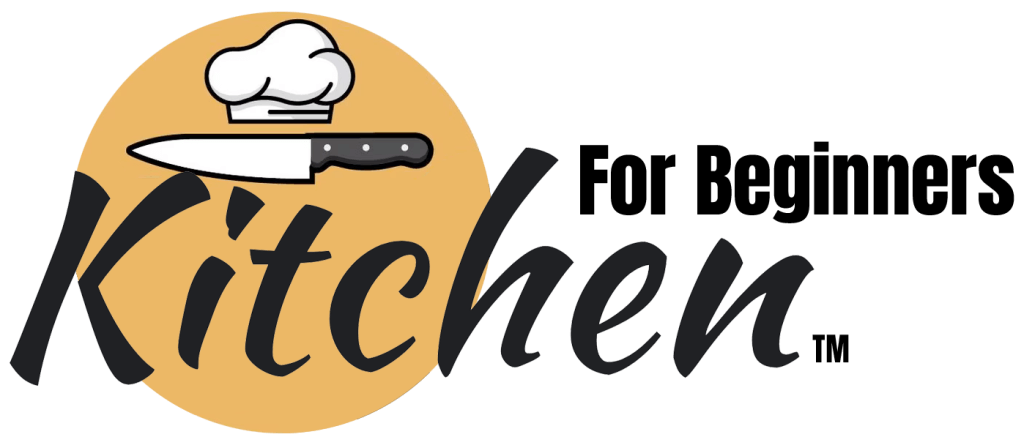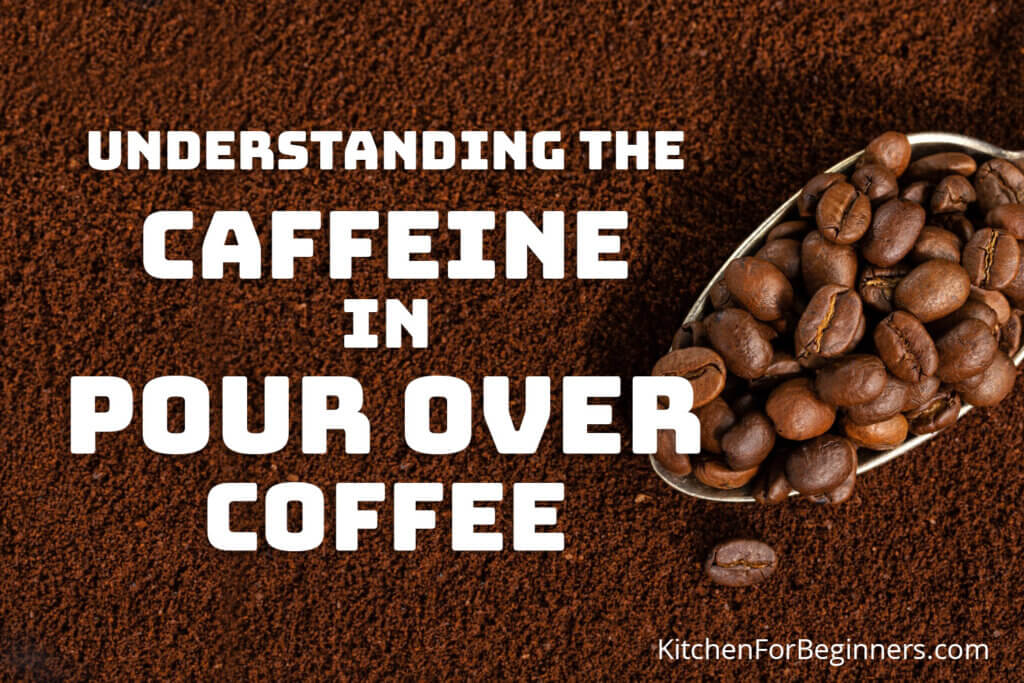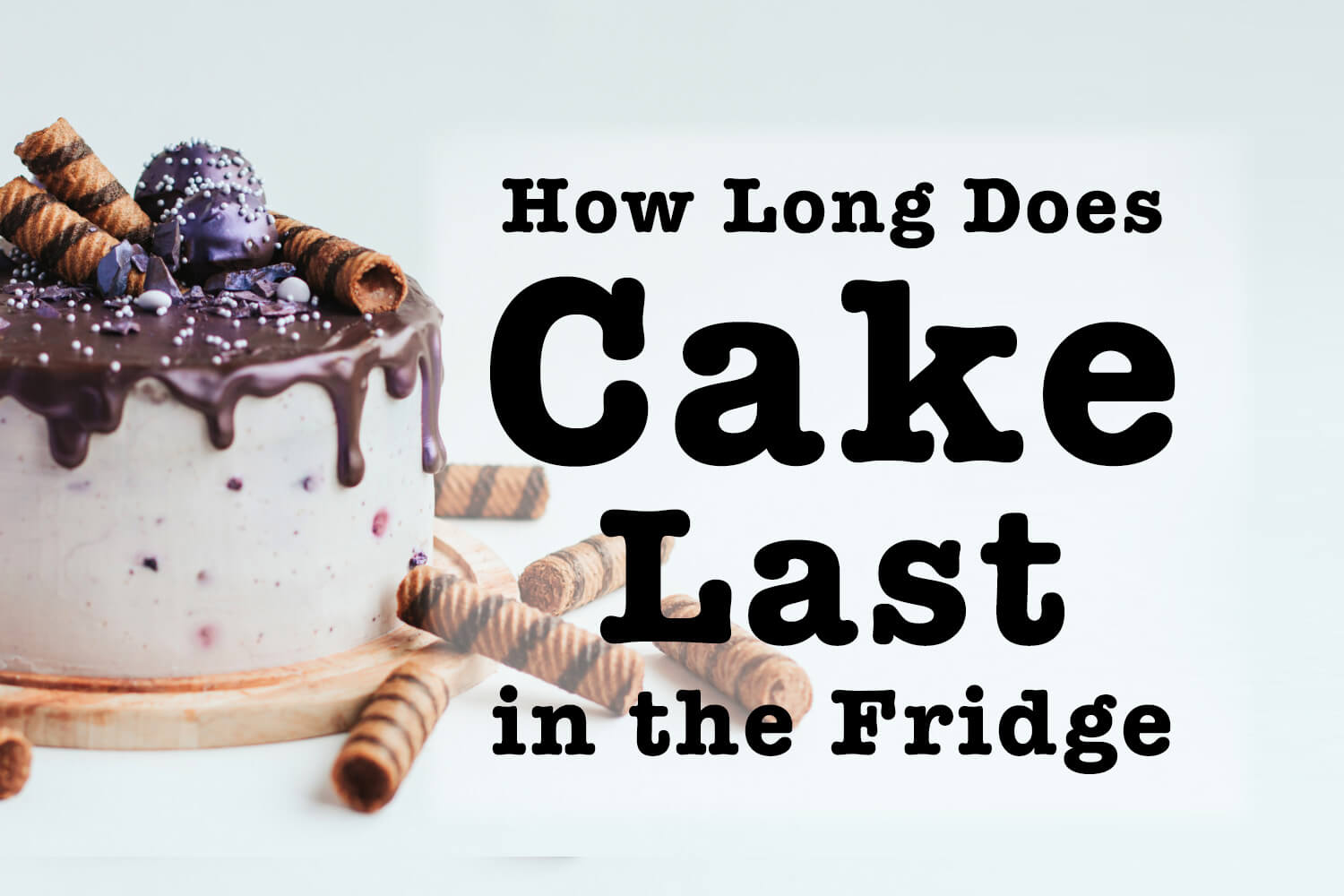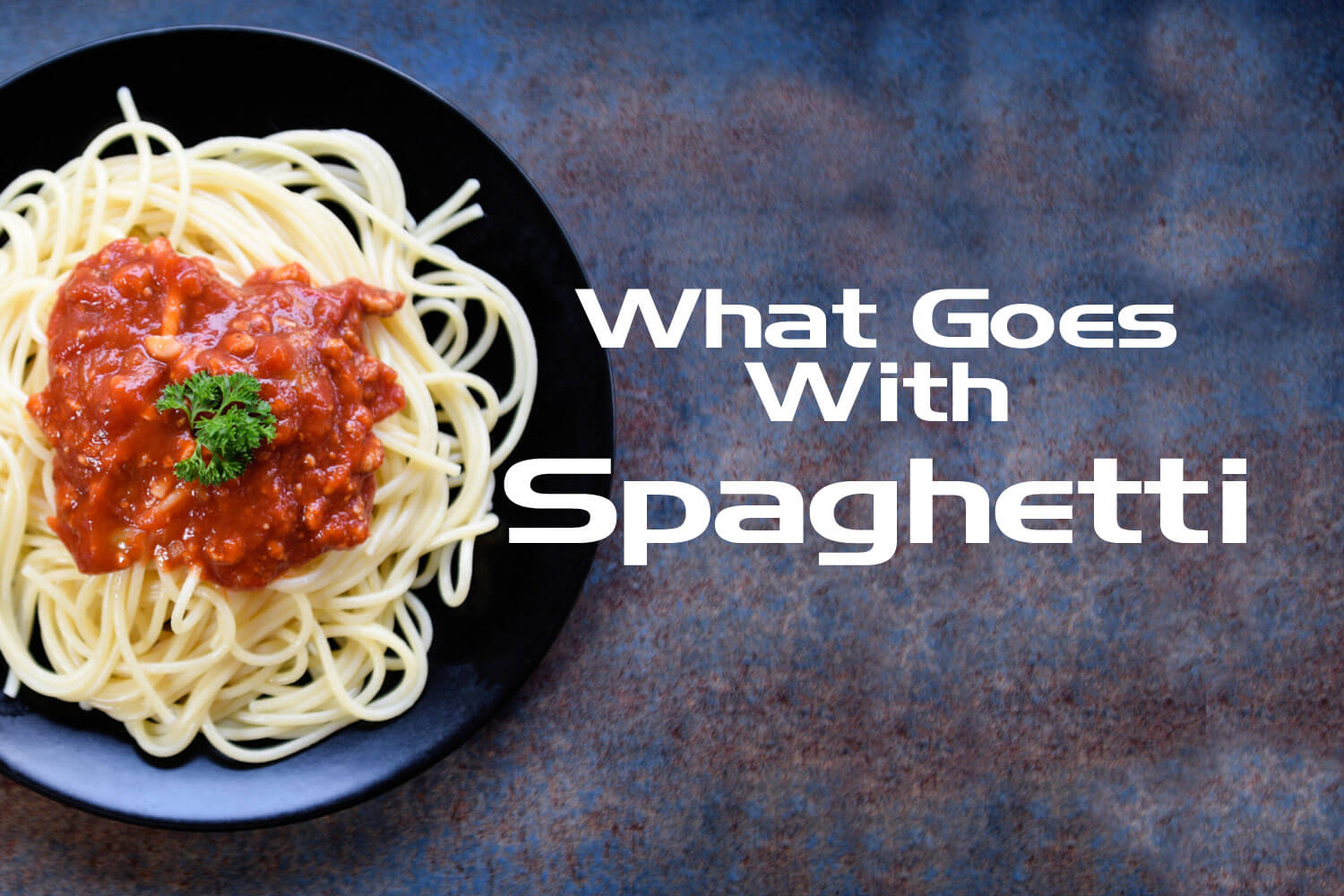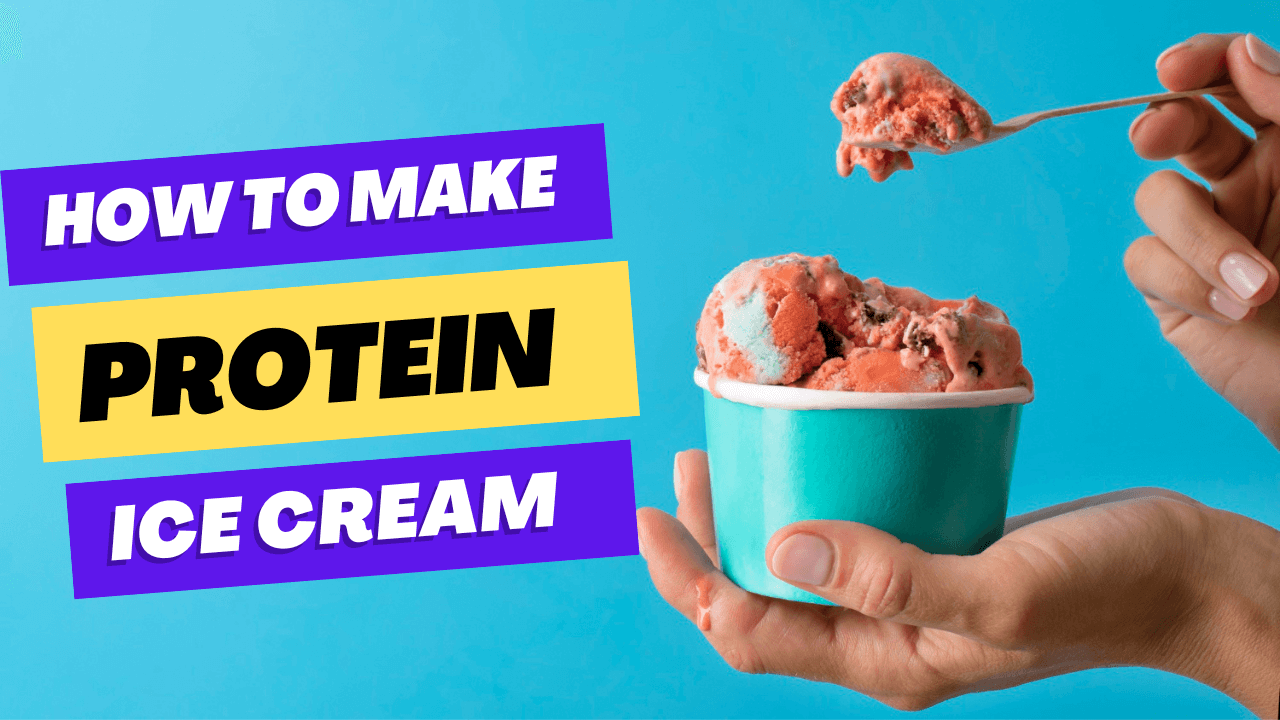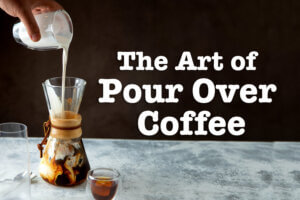Are you curious about the caffeine content in your pour over coffee? It’s a valid question whether you’re aiming for a morning jolt or a milder afternoon sip. This article sheds light on how factors like bean type, grind size, and brewing time influence the caffeine in pour over coffee, guiding you to craft a cup that suits your exact caffeine preference.
Key Takeaways
- Caffeine content in pour over coffee varies with brewing method, grind size, water temperature, and contact time, offering a range from 95 to 175 milligrams per 8-ounce cup.
- Grind size matters: a medium-fine grind akin to beach sand is ideal for maximizing caffeine extraction without over-extracting and causing bitterness.
- The temperature for optimal caffeine extraction in pour over coffee should be between 195°F and 205°F, and brewing should last between 3 to 4 minutes to prevent bitterness.
Pour Over Perfection: The Caffeine Breakdown
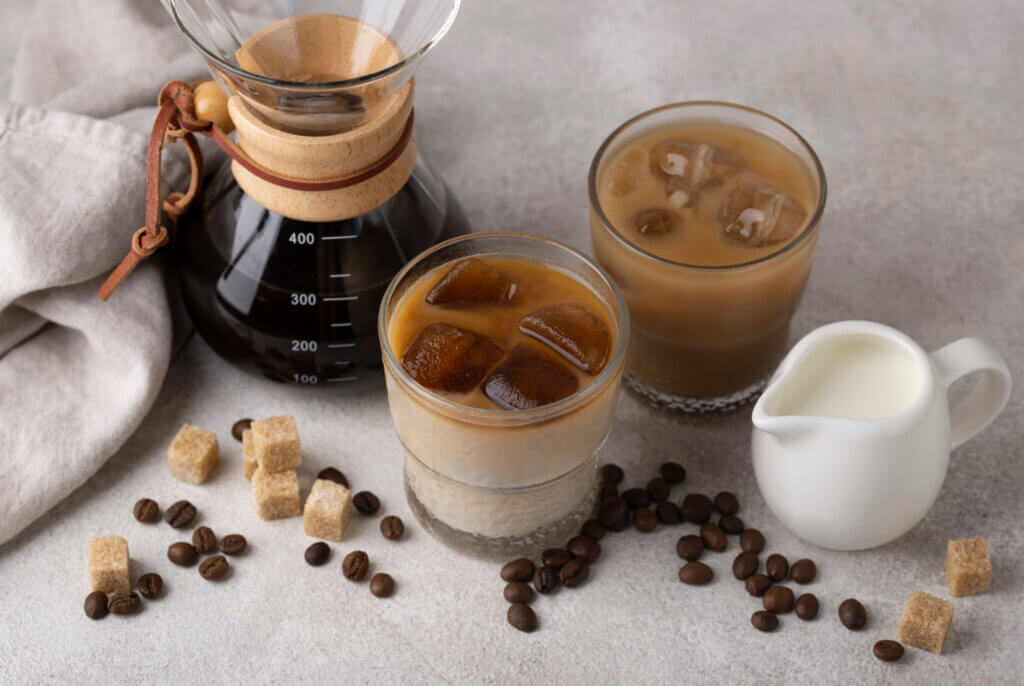
There’s more to pour over coffee than meets the eye. Have you ever wondered why one cup of pour over coffee can make you buzz while another just doesn’t hit the spot? It’s all about caffeine content. Unbeknownst to many, factors such as:
- the brewing method
- grind size
- water temperature
- contact time
The brewing process can drastically alter the caffeine levels in your caffeinated coffee drinks, which in turn affects your caffeine consumption; this is because caffeine is in coffee. Opting for less caffeine can be achieved by adjusting the brewing method.
If you’re a casual coffee drinker or a caffeine enthusiast, it’s beneficial to comprehend these variables to customise your brew according to your caffeine preferences.
The Art of Pour Over Coffee
Pour over coffee holds a special place in the heart of coffee enthusiasts. There’s an artistry to it that results in a brew more divine than the sum of its parts. When made correctly, it unveils a symphony of flavors that dance on the palate, a characteristic that sets it apart from other brewing methods.
Our years of experience refining the technique have made us appreciate the distinctive charm of pour over coffee. The complex flavors that this brewing method brings out reflect the true elegance of coffee.
Essential Variables Influencing Caffeine Extraction
Brewing a perfect cup of pour over coffee isn’t just about following instructions. It’s a science that hinges on several variables. Key among these are:
- Brewing method
- Grind size
- Water temperature
- Contact time
Each of these factors plays a pivotal role in extracting caffeine from the coffee grounds.
Interestingly, most of the caffeine is extracted within the first minute of brewing, a vital stage that greatly influences the caffeine content in your cup.
Caffeine Content Snapshot

So, how much caffeine can you expect in an 8-ounce cup of pour over coffee? On average, you’re looking at around 175 milligrams. But it’s not a fixed number. The caffeine content can range between 95 and 175 milligrams, depending on factors such as the coffee to water ratio and the type of beans used.
For comparison, this is higher than the average caffeine content of drip coffee at 165 mg and cold brew coffee at 155 mg per 8-ounce cup.
Mastering the Grind: Key to Caffeine Content
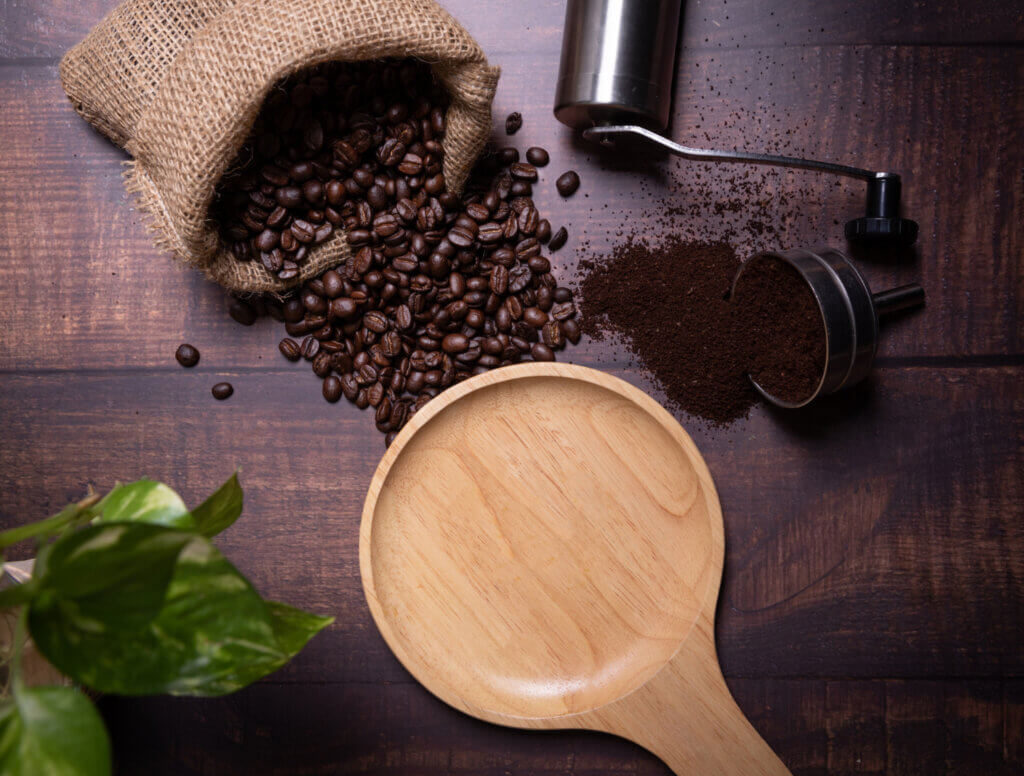
Now, let’s address the grind size. This factor, though it may seem insignificant, greatly impacts the caffeine content of your coffee. It’s a simple principle, really: the finer the grind, the more surface area there is for water to interact with, resulting in higher caffeine extraction. But don’t grab that grinder just yet! While a fine grind can give you a caffeine kick, it can also lead to over-extraction and bitterness if it’s too fine.
Finer the Grind, Higher the Caffeine?
A finer grind increases the surface area for water to interact with, thus resulting in a higher caffeine content. But there’s a catch. Grind your beans too finely, and you risk over-extracting the finely ground coffee and ending up with a bitter brew.
On the flip side, a grind that’s too coarse can lead to under-extraction, producing a brew that is sour, less flavorful, and has reduced caffeine.
Finding the Perfect Balance
The key to a perfect cup of pour over coffee lies in striking the right balance in grind size. You want a consistency that maximizes the extraction of caffeine without sacrificing flavor. The ideal grind size for pour over coffee is medium-fine, similar to beach sand. This grind size allows the water to seep through properly, optimizing both flavor and caffeine extraction.
Keep in mind, the objective is to achieve the desired caffeine content and flavor profile without succumbing to under-extraction or over-extraction.
Temperature Tactics: Hot Water vs. Caffeine Yield

Now, it’s time to address the topic of temperature. The water you use to brew your coffee isn’t just a medium—it’s a vital player in the caffeine extraction process. Hotter water facilitates a higher caffeine extraction compared to cooler temperatures. But beware of going to extremes! Using water at boiling point can make your coffee taste bitter without significantly increasing caffeine extraction.
The Ideal Heat Range
When it comes to brewing pour over coffee, the temperature of the water matters. The sweet spot is between 195°F and 205°F (90°C and 96°C). Water below 195°F can result in significantly reduced caffeine extraction, leading to a weaker brew. As the water temperature increases, so does the solubility of caffeine, which is why hotter water can extract more caffeine.
The Science of Heat and Extraction
Gaining insight into the science of heat and caffeine extraction can significantly enhance your coffee brewing skills. Hot water is more effective at extracting caffeine molecules from coffee grounds than cold water. To enhance caffeine extraction without introducing bitterness, the water temperature should be maintained below 205°F.
You see, higher water temperatures can increase the efficiency of caffeine extraction within the same amount of brewing time.
Timing is Everything: Brew Duration and Caffeine
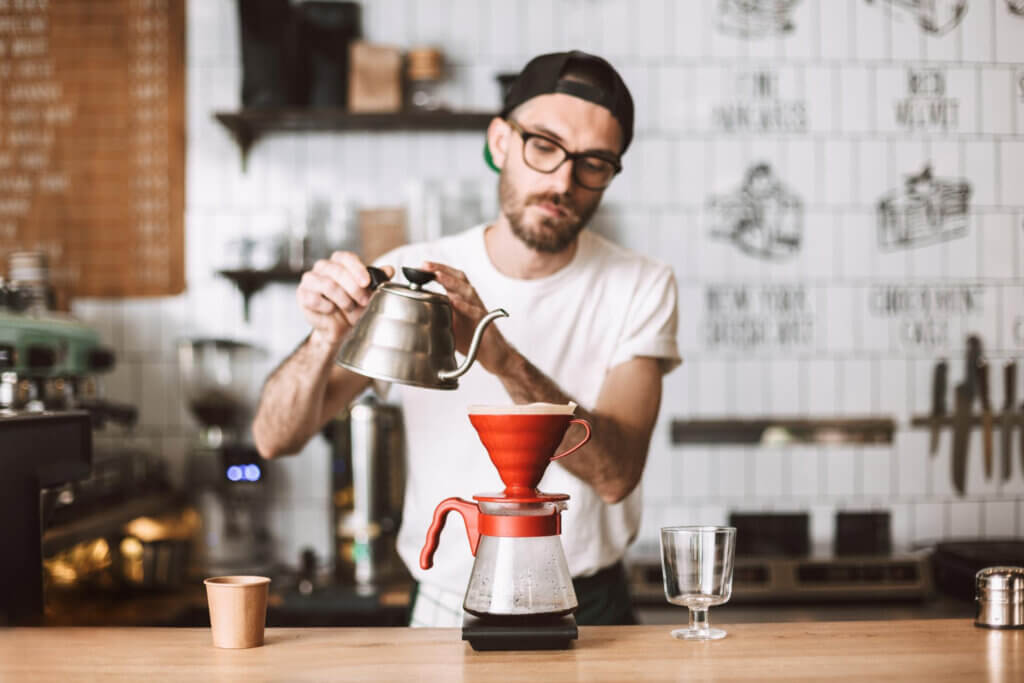
Next, we will discuss another key factor in caffeine extraction – brewing time. Just like temperature and grind size, the amount of time your coffee grounds spend in contact with water also influences the caffeine content of your brew. But be careful not to let it brew for too long, as over-extraction can lead to bitterness.
Short vs. Long Brewing Times
Did you know that most of the caffeine in coffee is extracted within the first few minutes of brewing? Yet, extending the contact time can result in a higher caffeine content in the final drink. It’s a delicate balance you need to strike to get the right caffeine kick without compromising the taste.
Optimal Brewing Time for Maximum Caffeine
So, what’s the optimal brewing time for pour over coffee? To maximize caffeine extraction while maintaining good flavor, aim for a brewing time between 3 and 4 minutes. This duration allows for ample caffeine extraction without the risk of over-extraction that can lead to a bitter taste.
Roast and Caffeine: Light vs. Dark
Now, it’s time to discuss the subject of roasting. Contrary to popular belief, the caffeine content of coffee beans doesn’t change drastically during the roasting process. In fact, the caffeine molecules are one of the most resilient components during roasting, ensuring that caffeine levels remain relatively stable whether the beans are roasted lighter or darker.
Lighter Roasts Tend to Pack a Punch
Interestingly, light roasts actually have a marginally higher caffeine content than dark roasts. This goes against the commonly held belief that dark roasts have more caffeine. In reality, caffeine content doesn’t significantly vary across different roasts, but lighter roasts tend to retain a slightly higher caffeine level.
Roast Level and Flavor Complexity
Beyond caffeine content, roast level also impacts the flavor of your coffee. Light roasted beans offer a more complex and nuanced flavor profile, contrasting with dark roasted beans that have bolder and more straightforward notes.
So, when choosing your beans, it’s not just about the caffeine—it’s also about the flavor that you’re after.
Pour Over Proportions: Coffee to Water Ratio
It’s time to discuss the concept of proportions. The ratio of coffee to water you use in your brew can significantly affect the caffeine content. More coffee means a more concentrated brew and higher caffeine content, while less coffee results in a milder taste.
Whether you prefer a light or strong brew, getting the proportions right is crucial.
Crafting the Perfect Cup
Creating the ideal cup of pour over coffee involves determining the optimal coffee to water ratio. The Specialty Coffee Association recommends starting with a ratio between 1:15 and 1:17 to achieve a good balance in taste and caffeine concentration. But remember, the beauty of making your own coffee is that you can adjust the ratio to suit your taste.
Measurements Matter: Precision for Caffeine Control
To achieve the perfect balance of flavor and caffeine in your cup, precision is key. Using a scale to measure both your coffee and water can ensure that you get the proportions right every time, providing a consistent taste and caffeine content in each cup. So, for the love of coffee, invest in a good scale!
Arabica vs. Robusta: Bean Type and Caffeine Levels
Lastly, we will discuss the category of coffee beans. When it comes to caffeine content, not all beans are created equal. Robusta beans, for instance, contain almost double the caffeine content of Arabica beans.
However, Arabica beans are favored for pour over coffee due to their smoother, more complex flavor profiles.
Characteristics of Arabica and Robusta Beans
For a better understanding, let us draw a comparison between Arabica and Robusta beans.
- Arabica beans generally contain 1.9 milligrams of caffeine per bean
- Robusta beans pack a punch with 2.9 milligrams per bean
- Robusta beans are more resilient and yield more crops than Arabica beans.
However, Arabica beans win when it comes to flavor, boasting a higher sugar content and a sweeter taste.
Choosing the Right Bean for Your Brew
Thus, which bean should be your choice for pour over coffee? If you’re after a caffeine kick, Robusta beans might be your best bet. But if you’re seeking a more complex flavor, Arabica beans are the way to go.
Remember, the origin and processing of the coffee bean also play a significant role in the resulting flavor and caffeine levels of your brewed coffee.
Wrapping It All Up
In conclusion, brewing the perfect cup of pour over coffee is both an art and a science. From the grind size to the water temperature, brewing time, roast level, coffee to water ratio, and bean type—each variable plays a crucial role in the caffeine content of your brew. With this newfound knowledge, you’re now equipped to experiment and discover your perfect cup. So, go forth and brew!
Frequently Asked Questions
Which coffee method has most caffeine?
French press coffee has the most caffeine, with 80 to 100 milligrams per cup, while filter coffee and AeroPress have similar caffeine content, and espresso has the least. Enjoy your next caffeine fix!
Is pour over coffee high in caffeine?
Yes, pour over coffee is typically slightly higher in caffeine than drip coffee due to the brewing process and water temperature.
Does the type of roast affect the caffeine content?
Yes, the type of roast does affect the caffeine content. Light roasts generally contain slightly more caffeine than dark roasts.
How does grind size affect the caffeine content?
So, the grind size affects caffeine content by influencing the extraction process – finer grind means more caffeine extracted but also a risk of over-extraction and bitterness. Be mindful of finding the right balance for your desired taste.
How does water temperature affect caffeine extraction?
Hotter water helps extract more caffeine from coffee. The ideal temperature for pour over coffee is between 195°F and 205°F.
Related Posts
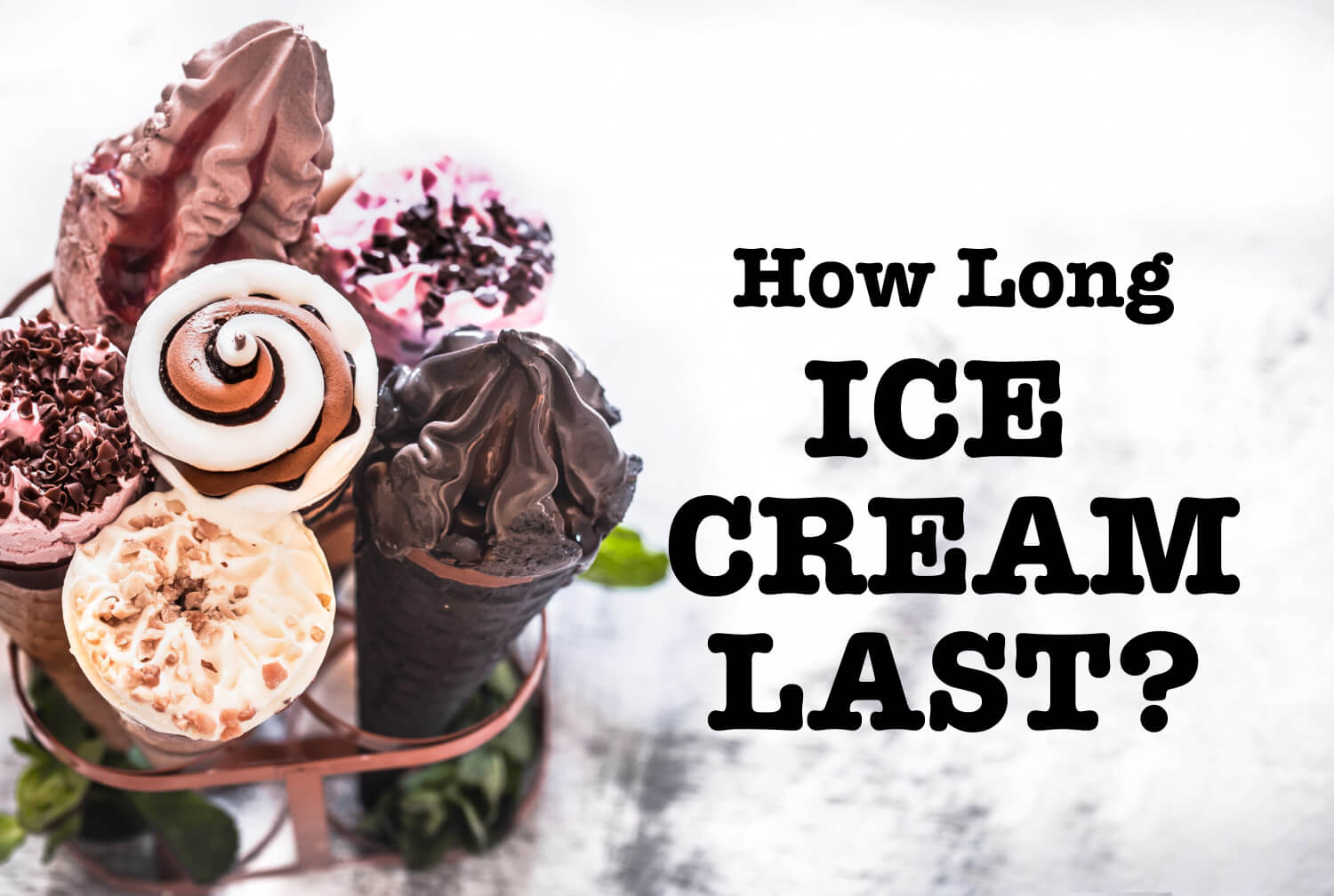
Ultimate Guide to Ice Cream Storage: How Long Does Ice Cream Last?- The Ultimate Buckwheat Muffins Made Easy
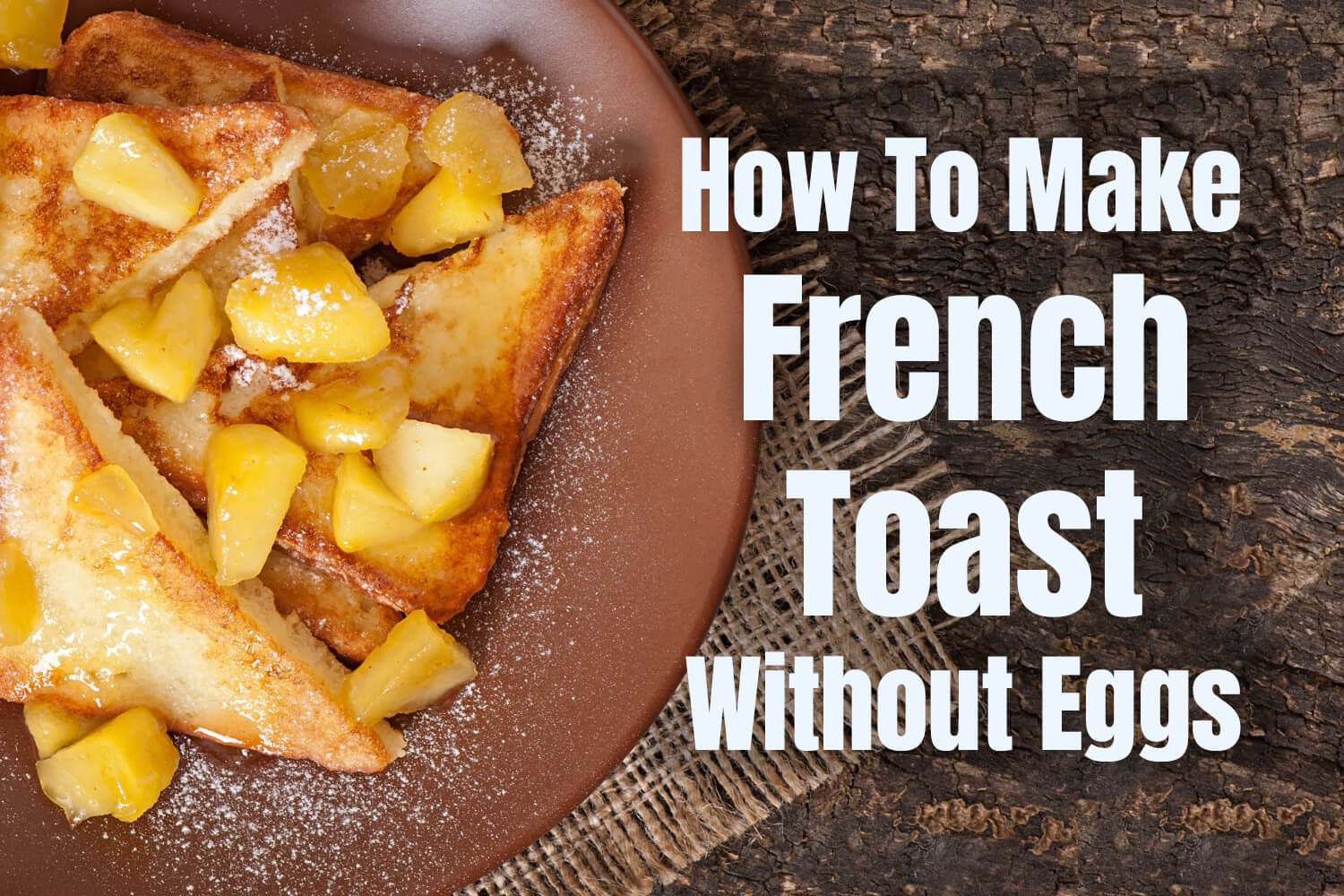
How to Make French Toast Without Eggs
